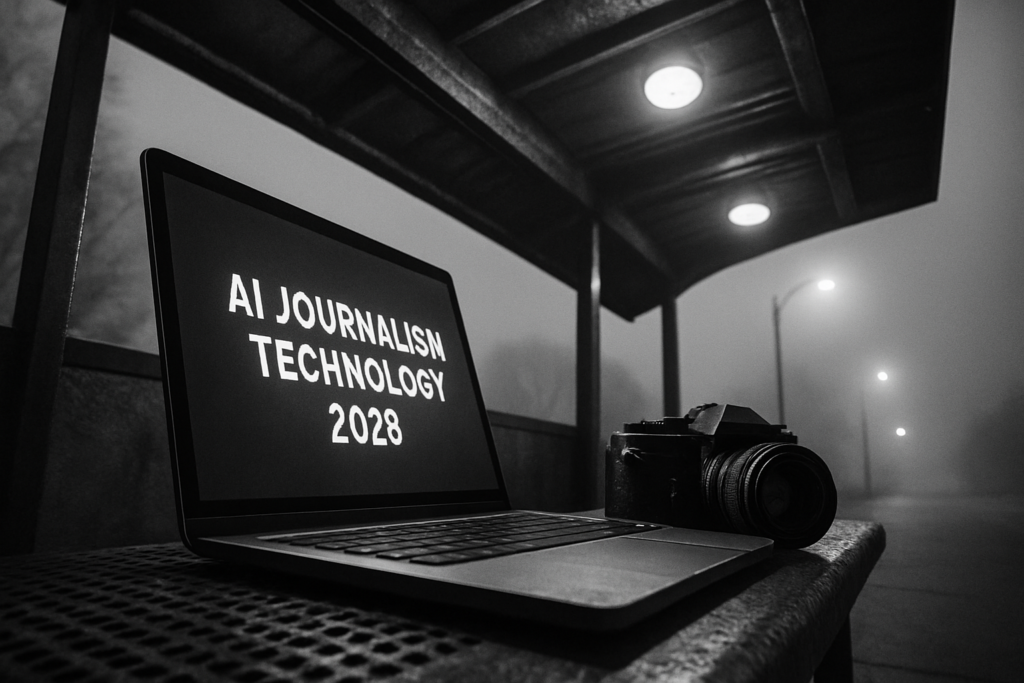In today’s fast-paced digital landscape, technological innovations are revolutionizing the way we consume and interact with media. From artificial intelligence shaping personalized content recommendations to virtual reality enhancing immersive storytelling experiences, the media industry is undergoing a significant evolution driven by cutting-edge technologies. As a seasoned observer of these trends, I’ve witnessed firsthand how advancements in areas like data analytics, machine learning, and augmented reality are reshaping the media landscape.
As I delve into the transformative impact of these technological innovations on media evolution, it becomes evident that traditional boundaries are blurring, giving rise to new opportunities and challenges for content creators and consumers alike. Stay tuned as I explore the dynamic interplay between technology and media, uncovering the key drivers behind this exciting evolution and the implications for the future of entertainment and information dissemination.
Evolution of Media Through Technology
In exploring the evolution of media through technology, I delve into the early days of media technology and key milestones that have shaped the landscape.
- The Early Days of Media Technology
Reflecting on the early days of media technology, it’s intriguing to witness how innovations like print media, radio, and television laid the foundation for the digital age we now inhabit. These rudimentary forms of media set the stage for the transformative impact of modern technologies on content creation and consumption. - Key Milestones in Media Evolution
Examining key milestones in media evolution, I uncover pivotal moments such as the advent of the internet, social media platforms, and streaming services. These milestones have revolutionized how information is disseminated, offering new avenues for content creators to engage with audiences worldwide.
Impact of Digital Technology on Media
Streaming platforms have revolutionized how audiences consume media content. The convenience of accessing a vast library of movies, TV shows, music, and more at any time has shifted consumer preferences towards on-demand viewing. This change has influenced content creation strategies, leading to the production of exclusive, binge-worthy series tailored for online streaming platforms.
Social media plays a pivotal role in the distribution of news in today’s digital landscape. With the ability to reach millions of users in real-time, platforms like Twitter, Facebook, and Instagram have become crucial sources for breaking news and instant updates. The viral nature of social media amplifies the dissemination of information, shaping public discourse and enabling citizen journalism to thrive.
Emerging Technologies Reshaping Media
As I explore the advancements in technology influencing the media sector, it’s evident that innovative solutions like artificial intelligence, data analytics, machine learning, and augmented reality are at the forefront of this transformation. Let’s delve deeper into how these emerging technologies are reshaping the media landscape.
Artificial Intelligence in Content Creation
Artificial intelligence has become a game-changer in content creation, streamlining processes, and enhancing creativity. AI algorithms can analyze vast amounts of data to predict trends, personalize content, and automate tasks like video editing and writing. This technology enables content creators to deliver more relevant and engaging material to their audiences, revolutionizing storytelling techniques and audience engagement strategies.
Virtual and Augmented Reality Experiences
Virtual and augmented reality technologies are redefining the way audiences interact with media content. VR and AR offer immersive experiences, allowing users to engage with narratives in a more dynamic and personalized manner. From virtual reality gaming to augmented reality filters on social media platforms, these technologies are blurring the lines between the physical and digital worlds, creating new avenues for content creators to innovate and captivate their audiences.
Challenges and Opportunities
Addressing the Digital Divide
In the evolving landscape of media driven by technological advancements, one significant challenge is addressing the digital divide. The disparity in access to digital tools, technologies, and high-speed internet can hinder the full participation of certain demographics in consuming and creating media content. Bridging this gap is crucial to ensure equal opportunities for all individuals to engage with and benefit from the evolving media ecosystem.
Potential for Enhanced User Engagement
The integration of technological innovations in media presents a vast potential for enhanced user engagement. Through personalized content recommendations powered by AI algorithms, interactive storytelling experiences utilizing augmented reality, and immersive virtual reality environments, content creators can captivate audiences in new and compelling ways. Leveraging these innovations offers opportunities to deepen user interactions, cultivate brand loyalty, and drive meaningful connections between content creators and consumers.

Madeline Bloch
Madeline Bloch is a highly respected journalist and article writer, known for her sharp insight and compelling prose. With a deep passion for storytelling and a commitment to uncovering the truth, Madeline has made a significant impact in the world of journalism.


